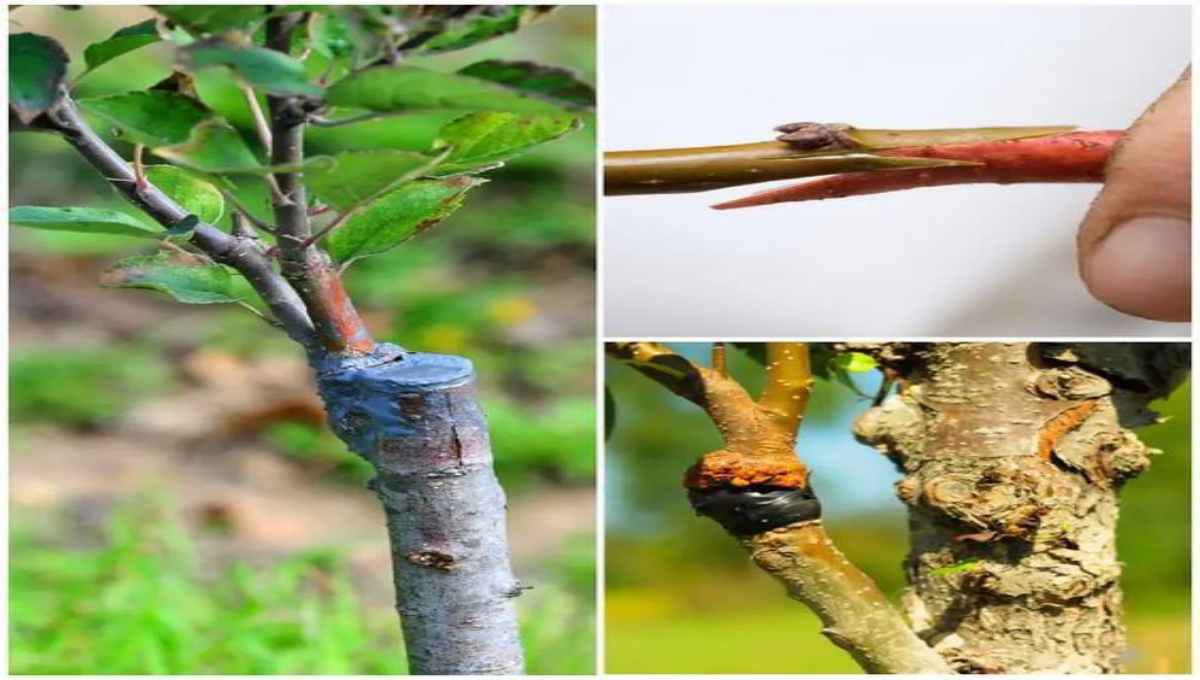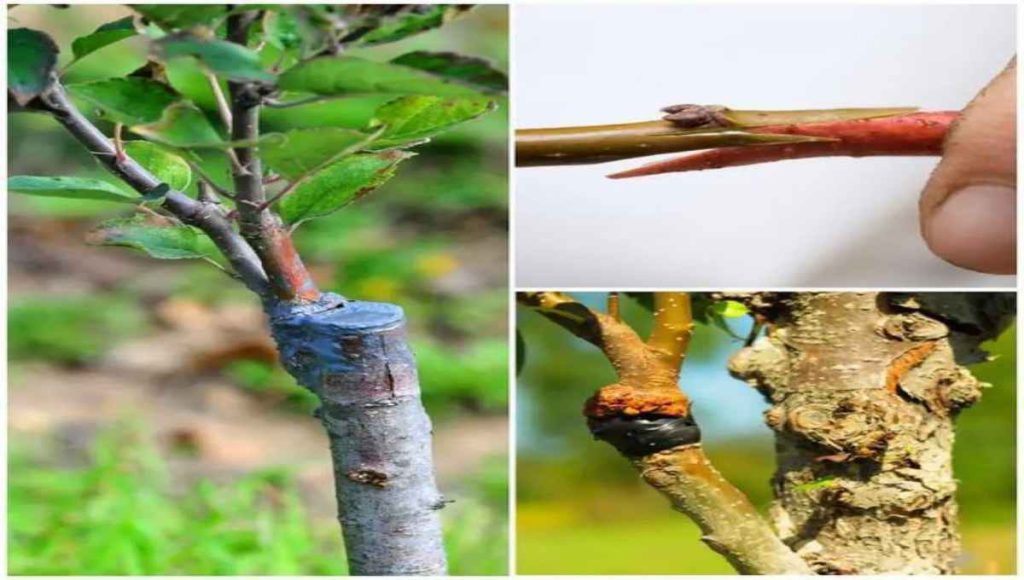
ബഡ്ഡിങ് ഡ്രാഫ്റ്റിംഗ് ലയറിങ് കൃഷി ചെയ്യുമ്പോൾ ഇതെല്ലാം കൂടി ഒന്ന് അറിഞ്ഞിരിക്കണം budding, grafting, and layering—three common methods of plant
ബഡ്ഡിംഗ് ഡ്രാഫ്റ്റിങ് ലേയറിങ്ങ് ഇവയെല്ലാം നമ്മൾ അറിഞ്ഞിരിക്കണം കൃഷി ചെയ്യുന്ന സമയത്ത് ഇതെല്ലാം നമുക്ക് ഒരുപാട് ഉപകാരപ്പെടും വളരെ എളുപ്പത്തിൽ തന്നെ നമുക്ക് ചെയ്യാൻ പറ്റുന്ന ഒന്നാണ് കാരണം നമുക്ക് പല ചെടികളും അതുപോലെ ലേയറിങ്ങും ഒക്കെ അറിഞ്ഞിരുന്നാൽ
മാത്രമേ ഇത് നന്നായി പ്രത്യേക രീതിയിൽ വളർത്തിയെടുക്കാൻ സാധിക്കുകയുള്ളു തയ്യാറാക്കുന്ന വിധം കൊടുത്തിട്ടുണ്ട് അതുപോലെ തന്നെ നമുക്കിത് പലരീതിയിൽ ചെയ്യുന്ന സമയം ശ്രദ്ധിക്കേണ്ട കുറെ കാര്യങ്ങളുണ്ട് ചെയ്ത ചെടികളുടെ വളർച്ചയ്ക്ക് വ്യത്യാസം ഉണ്ട് അതുപോലെതന്നെ ഡ്രാഫ്റ്റിംഗ് ഒക്കെ വളരെ പ്രധാനപ്പെട്ട ഒന്നാണ് ഇത് എങ്ങനെയാണ് എന്നുള്ളത്

വിശദമായിട്ട് കൊടുത്തിട്ടുണ്ട്. വീഡിയോ നിങ്ങൾക്ക് ഇഷ്ടമായാൽ ചാനൽ സബ്സ്ക്രൈബ് ചെയ്യാനും ഷെയർ ചെയ്യാനും മറക്കരുത് ചെടികൾ വളർത്തുമ്പോൾ വള്ളങ്ങൾക്കുള്ള പ്രാധാന്യം പോലെ തന്നെയാണ് ചെടികളുടെ മറ്റു പരിപാലനങ്ങളും എല്ലാം നമ്മൾ അറിഞ്ഞിരിക്കണം എല്ലാം നമുക്ക് വളരെയധികം പ്രയോജനപ്പെടുന്ന ഒന്നു തന്നെയാണ്.
1. Budding
Definition: A type of grafting where a single bud from a desired plant is inserted into the stem of another plant (rootstock).
🔹 Common Types:
- T-budding: A T-shaped cut is made in the bark of the rootstock; the bud is inserted and wrapped.
- Patch budding: A patch of bark is replaced with a bud patch.
✅ Used for:
- Mango, citrus, rose, guava, peach.
✔️ Advantages:
- Requires less scion material than full grafting.
- Effective in thin-barked plants.
🌿 2. Grafting
Definition: Joining the stem (scion) of one plant to the root system (rootstock) of another, so they grow as one plant.
🔹 Common Types:
- Cleft grafting
- Veneer grafting
- Stone grafting (used in mango)
- Whip and tongue grafting
✅ Used for:
- Mango, apple, pear, grapevine, citrus.
✔️ Advantages:
- Combines best traits: disease resistance (rootstock) + high fruit quality (scion).
- Speeds up fruiting in some trees.
🌾 3. Layering
Definition: Inducing roots on a stem while it’s still attached to the parent plant, then separating it once roots form.
🔹 Types:
- Simple layering: Bend a low branch to the ground, cover with soil.
- Air layering: Bark is removed on a stem, and moist material (like sphagnum moss) is wrapped around it to induce roots.
- Mound and serpentine layering
✅ Used for:
- Guava, litchi, jasmine, hibiscus, fig.
✔️ Advantages:
- High success rate (since it’s still attached to the parent).
- Good for plants that don’t root easily from cuttings.
🧾 Summary Table:
| Method | Material Used | Common Plants | Rooting Time | Skill Level |
|---|---|---|---|---|
| Budding | One bud | Mango, citrus, rose | Fast | Medium |
| Grafting | Scion + rootstock | Mango, apple, grapes | Medium | Medium-High |
| Layering | Stem (on plant) | Guava, fig, litchi | Slow | Easy |
